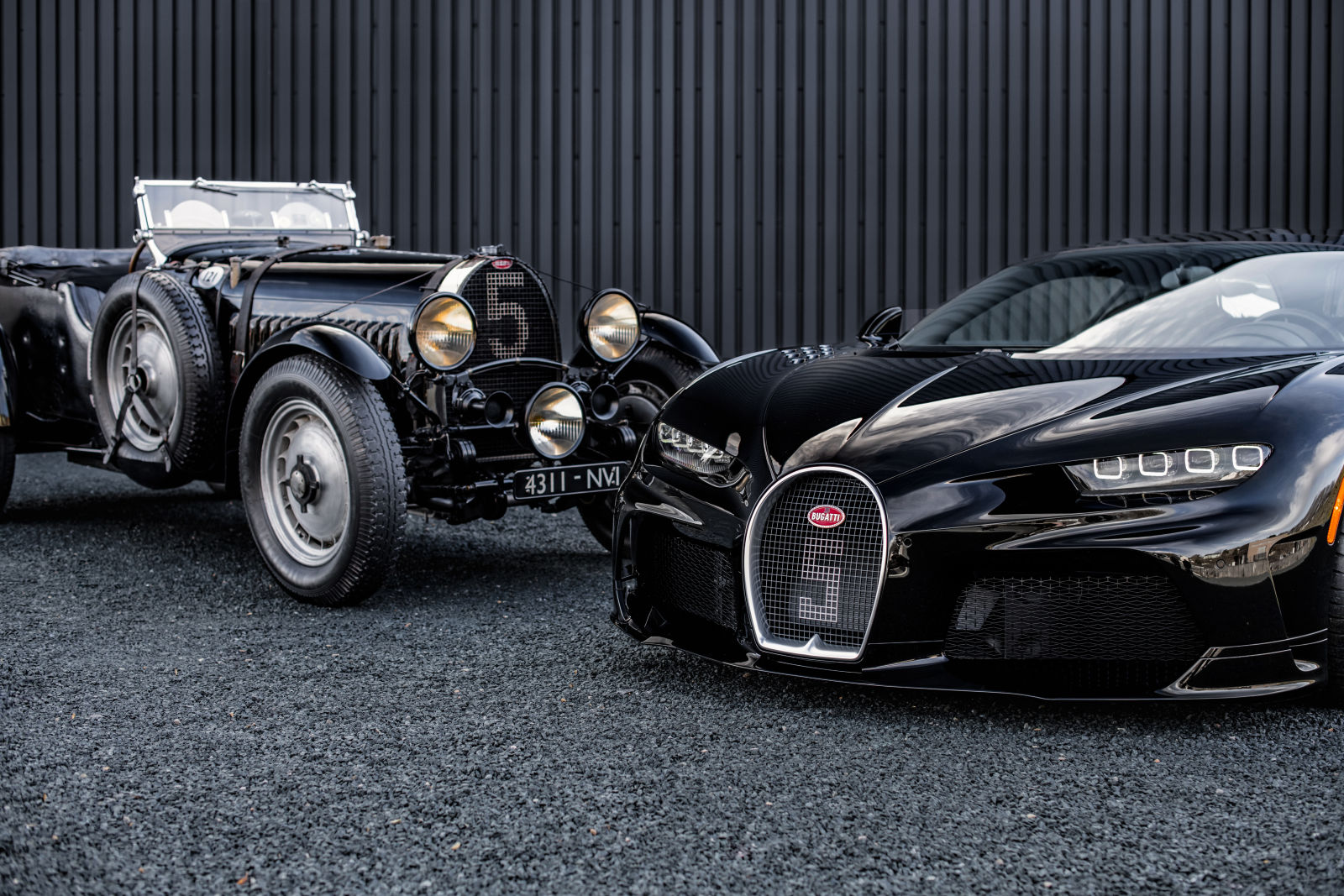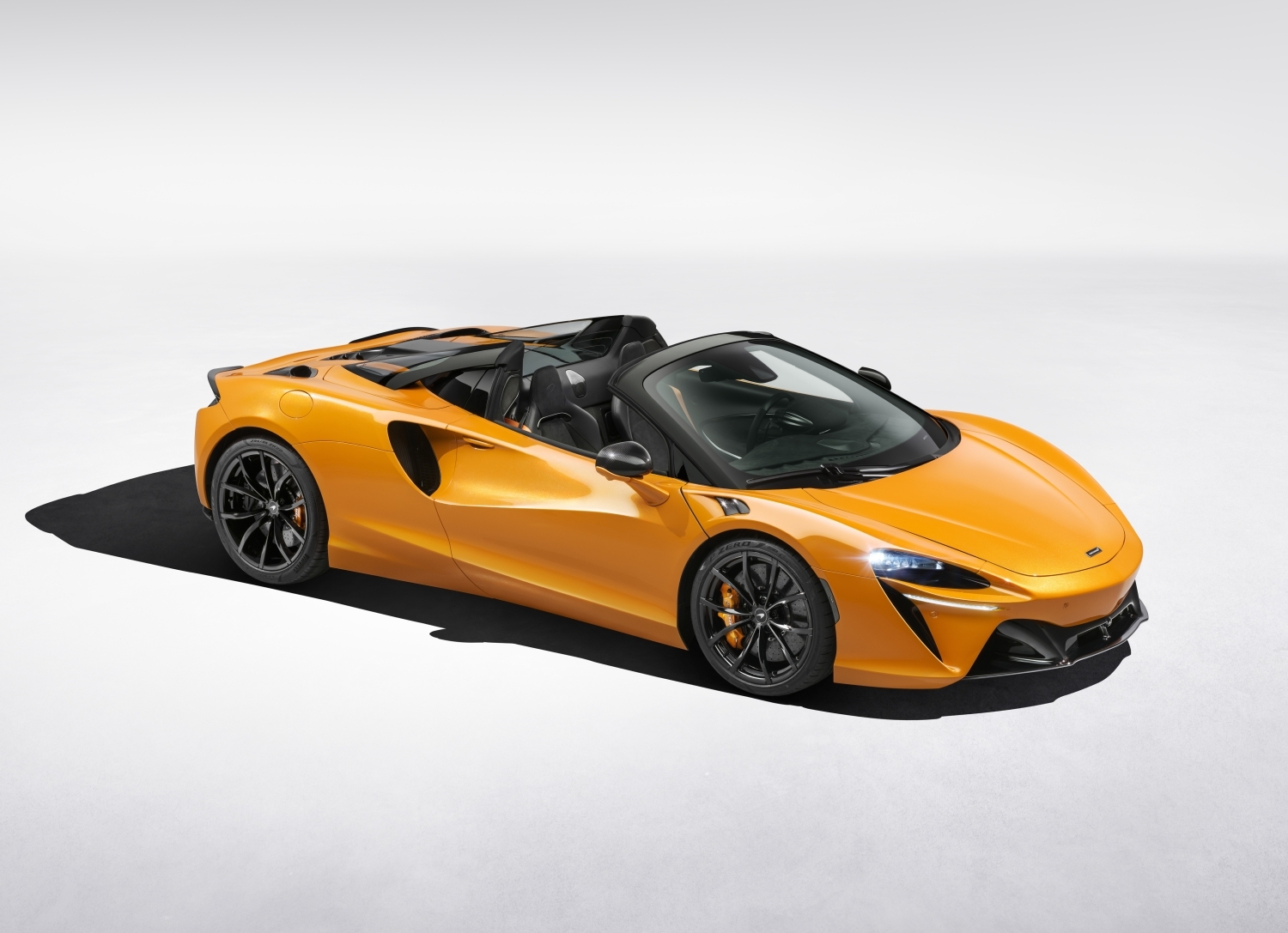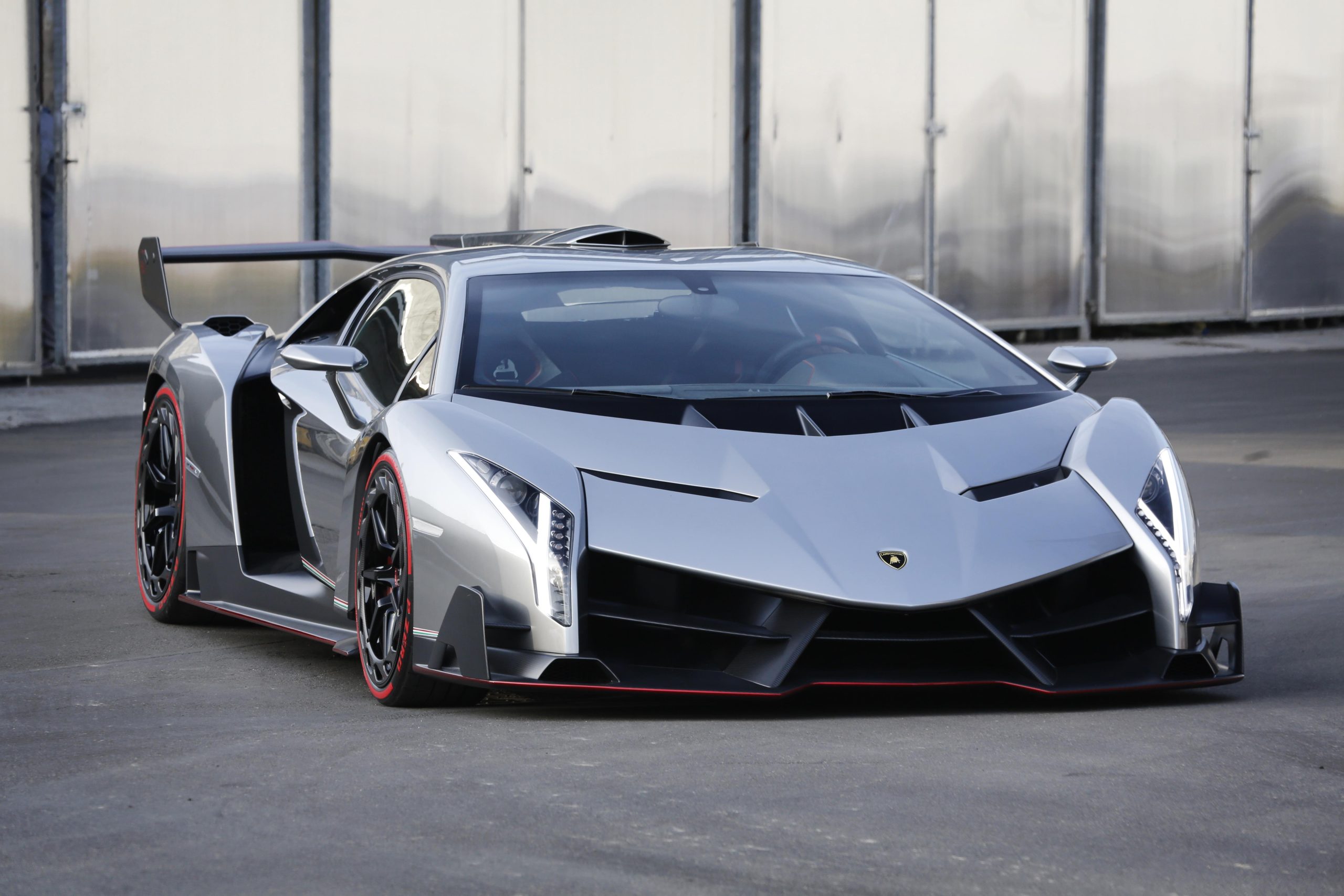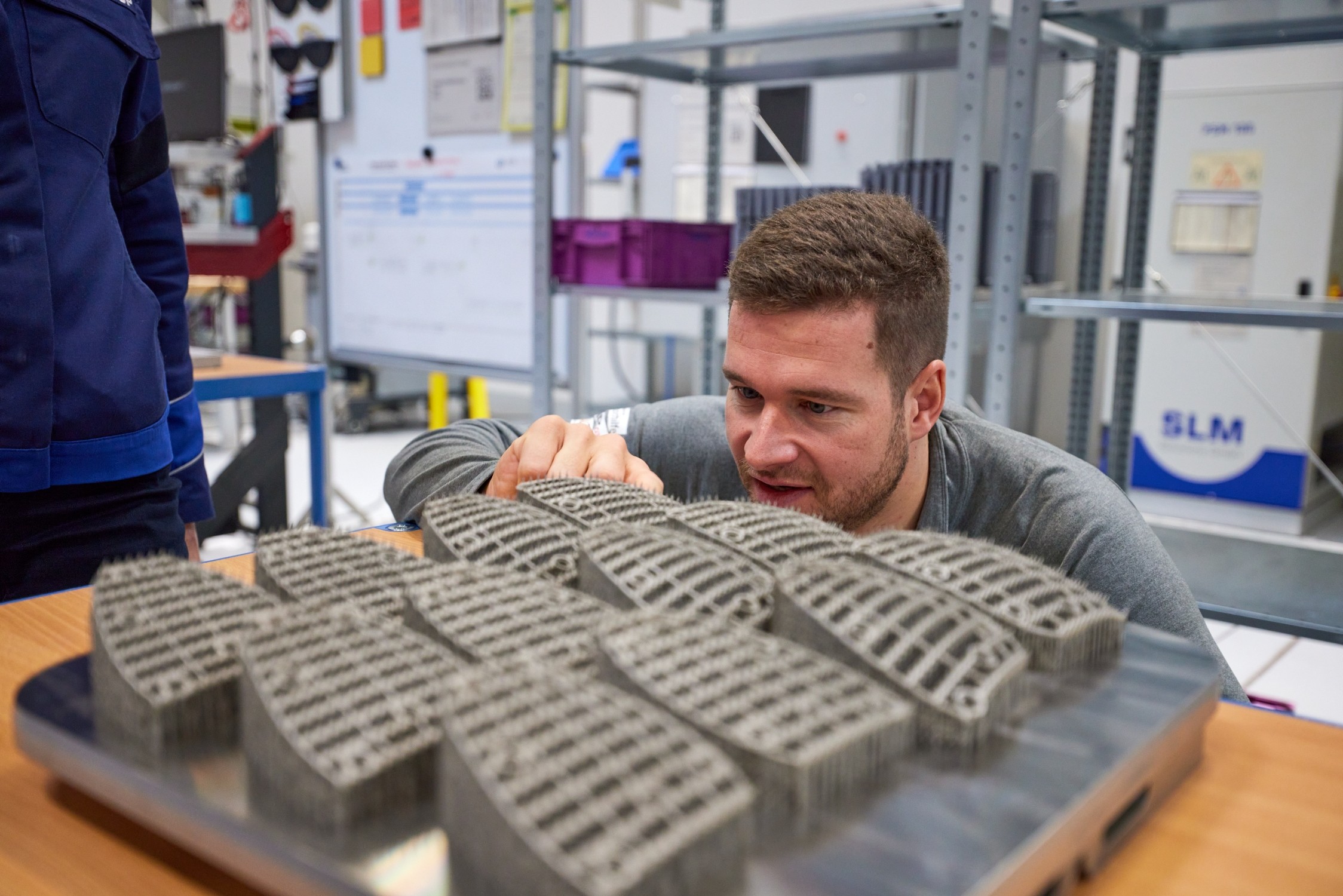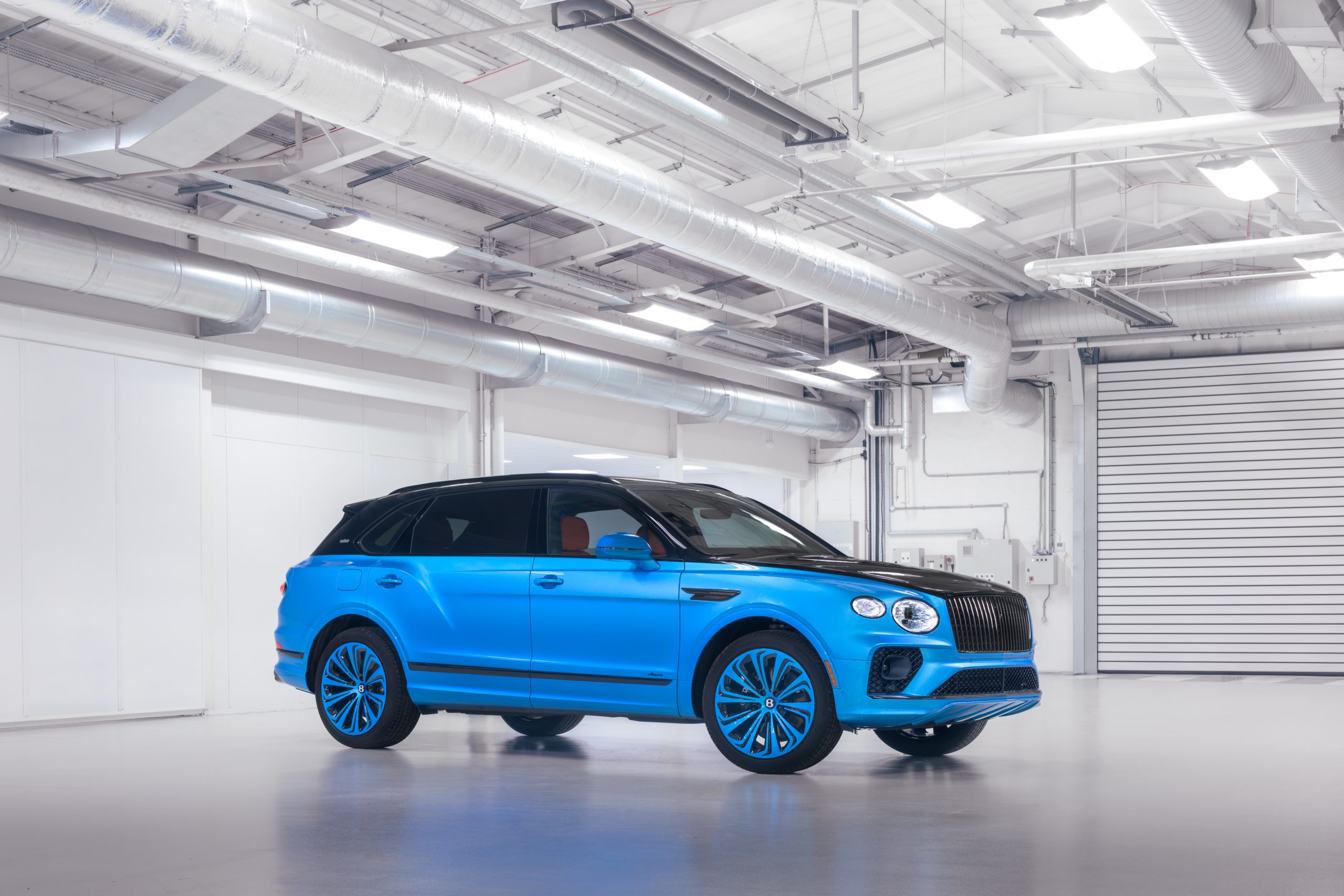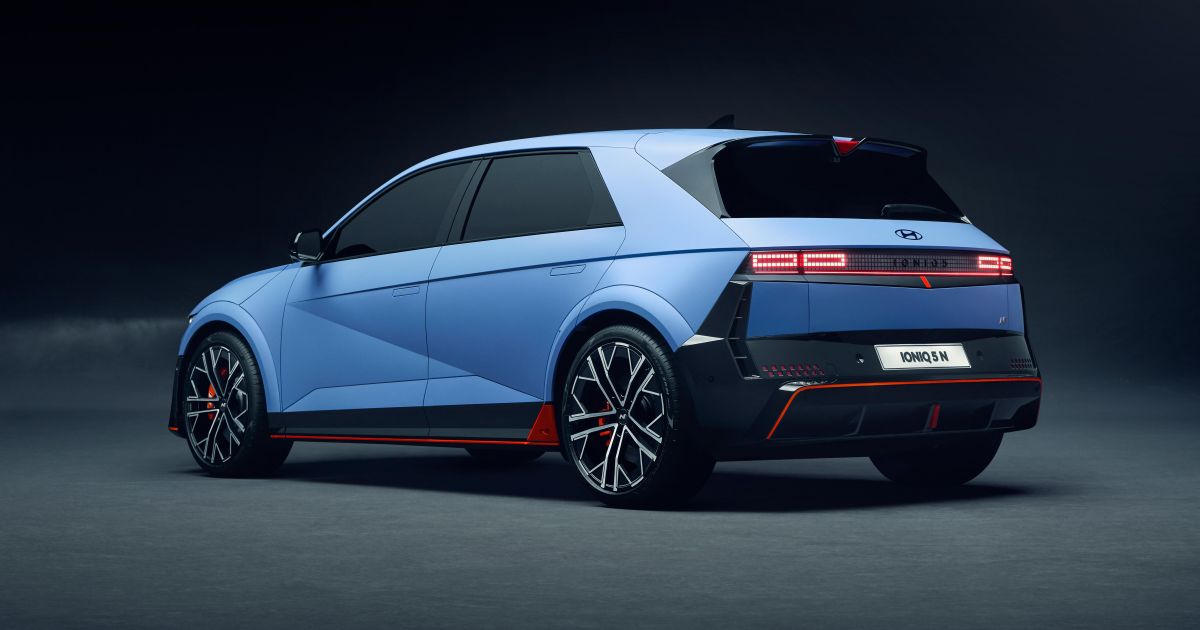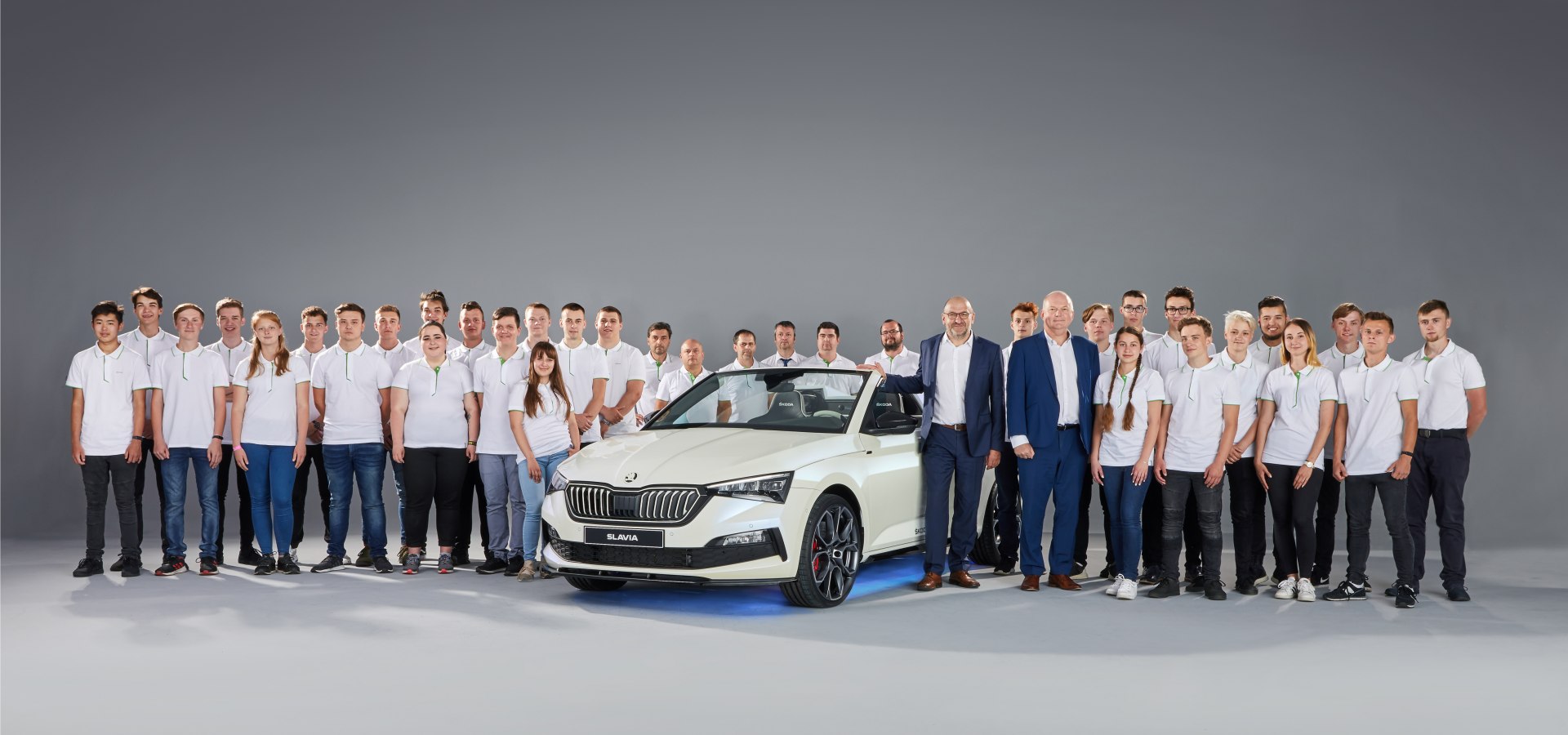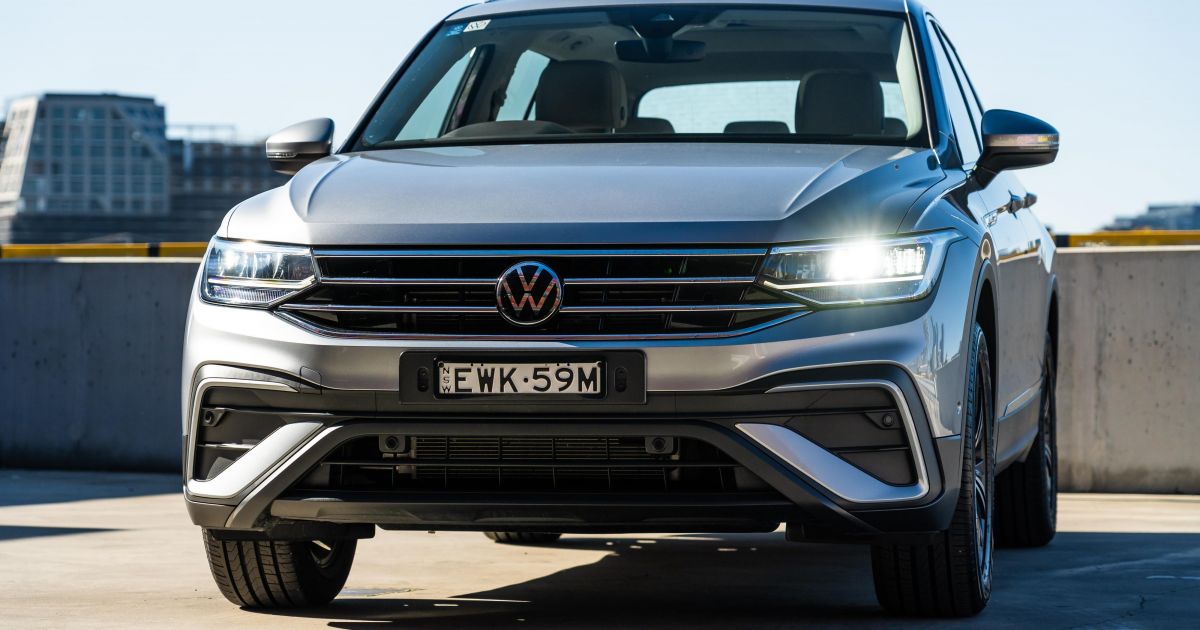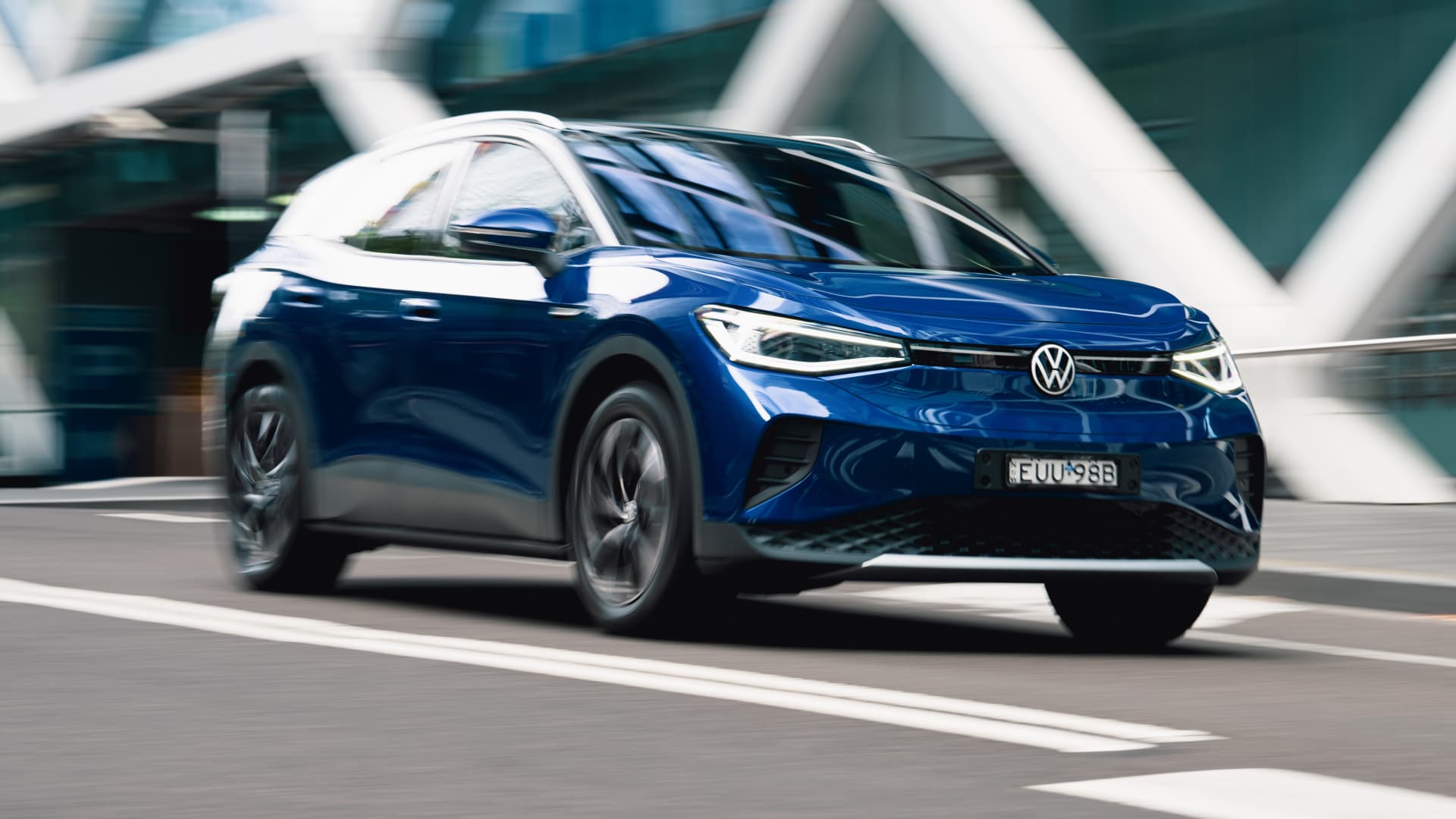5 facts about electric mobility and hydrogen
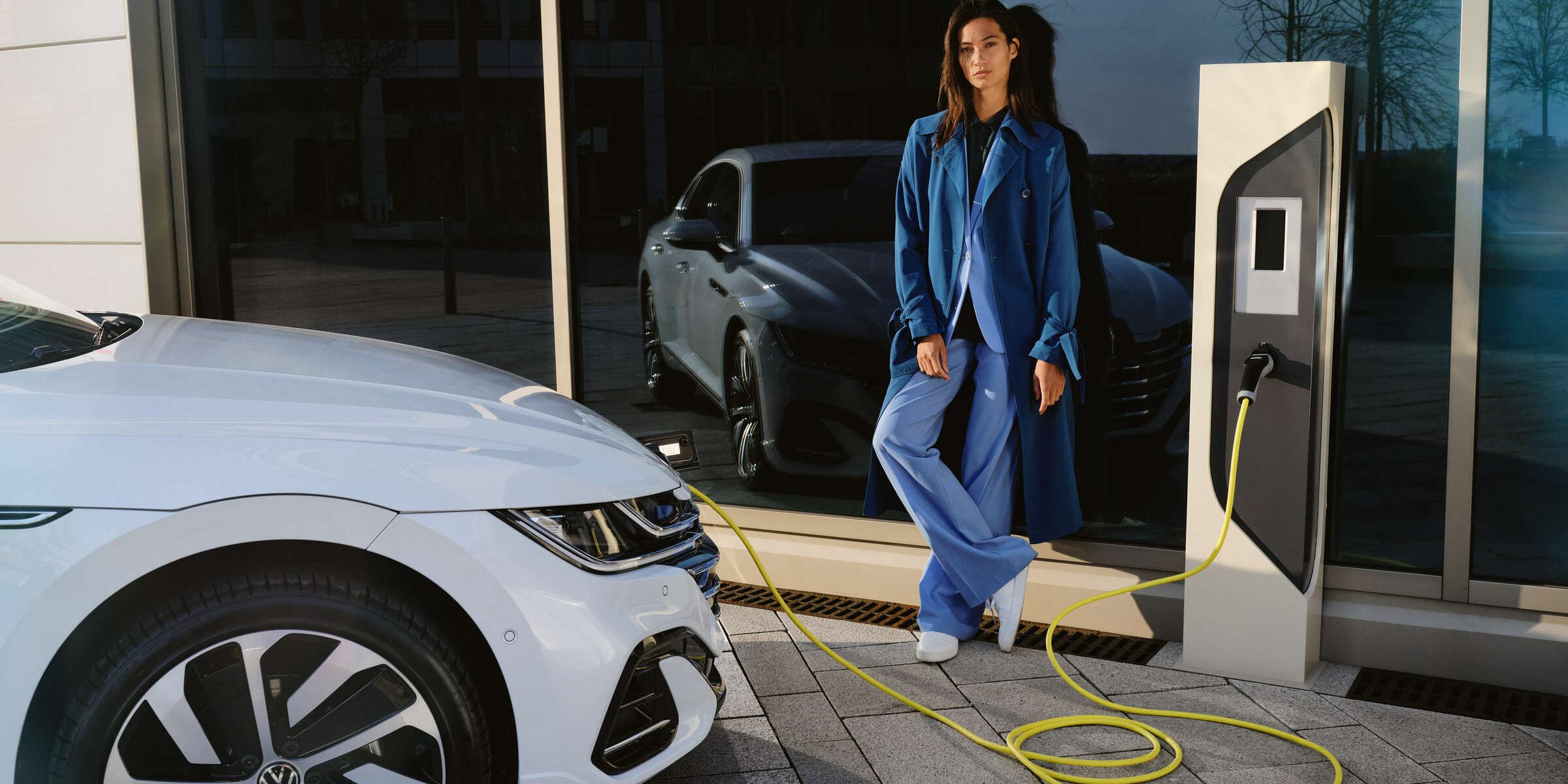
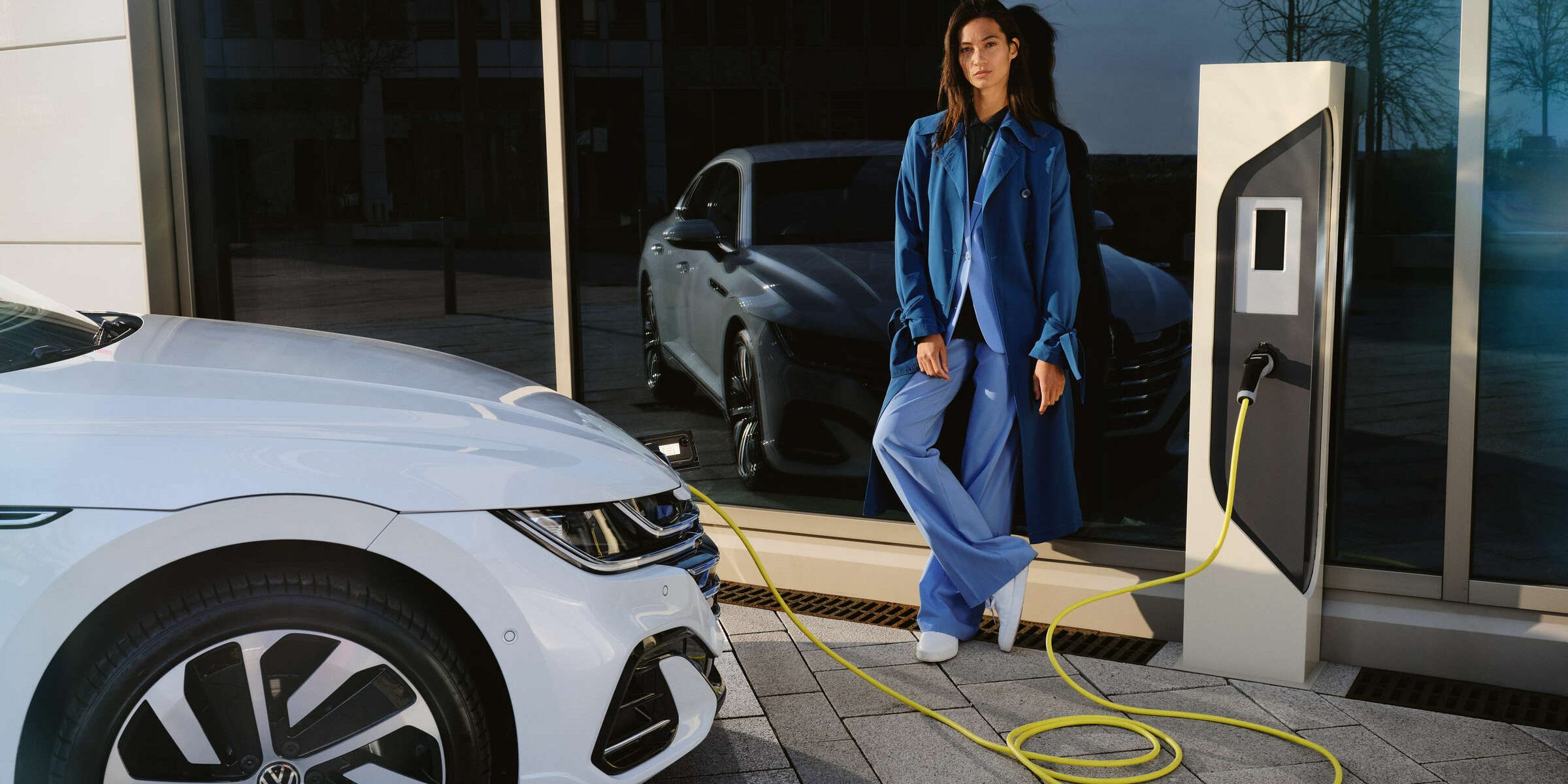
Contents
Sound familiar? Friends, work colleagues and family members discuss whether electric cars really are the future. Wouldn’t hydrogen or synthetic fuels be a better option?
A large number of scientists feel this question has already been answered. “Many studies have shown that electric drive is by far the most efficient method for powering cars,” said Prof. Maximilian Fichtner, for example, battery expert at Karlsruhe Institute of Technology (KIT). We have summed up everything you need to know when it comes to the car debate in five points.
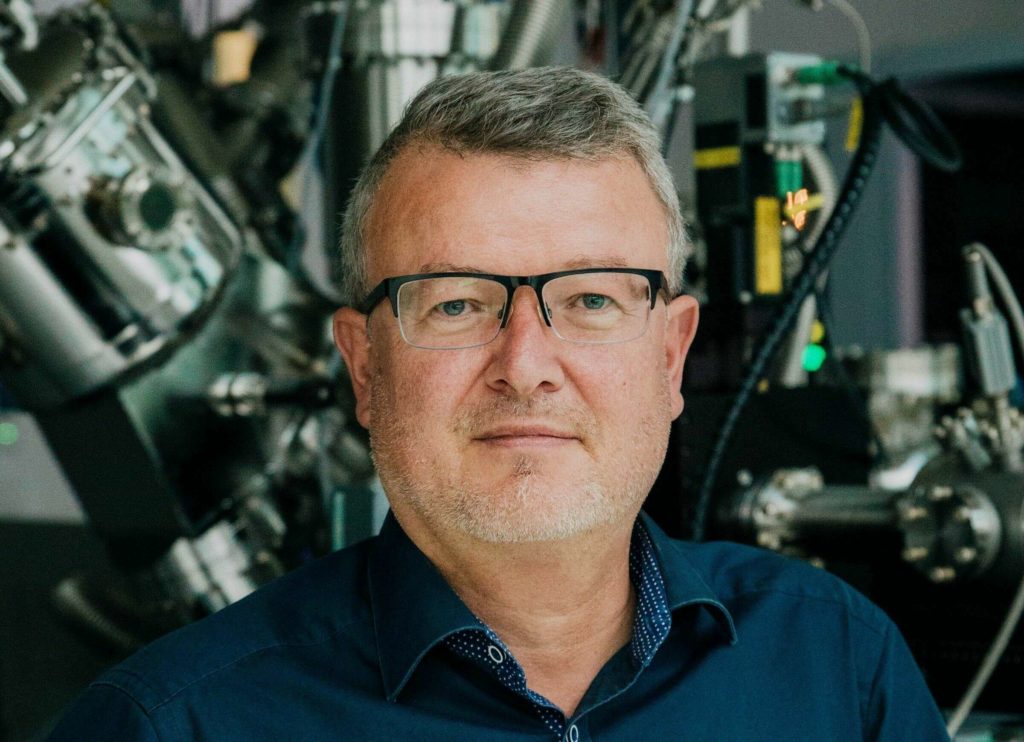
1. Electric cars are the most efficient to drive
Out of all the drives debated, electric engines make the most out of the energy used. “70 percent of the energy generated reaches the wheels,” says KIT expert Fichtner. Hydrogen (15 to 18 percent), electric fuels (5 to 8 percent) and today’s combustion engines (20 to 24 percent) are significantly less efficient.
Electric drive benefits from working according to a simple principle: Power, from wind energy, for example, is stored in the battery and transferred to the electric engines on the wheels as required. Hydrogen, on the other hand, passes through a laborious manufacturing, transportation and conversion process before it reaches the fuel cell in the car. This results in high loss of energy.
162 kilowatt hours (kWh) of electricity are needed to produce six litres of e-Diesel – enough to drive 100 kilometres. Using the same amount of energy, a battery-powered car can travel around 1,000 kilometres.
The losses are even greater with synthetic fuels, known as e-fuels: It takes 27 kilowatt hours (kWh) of electricity to produce just one litre of e-Diesel – with an average consumption of six litres every 100 kilometres, that makes 162 kWh. “With that amount of energy, you can drive a battery-powered car 1,000 kilometres,“ calculates Fichtner.
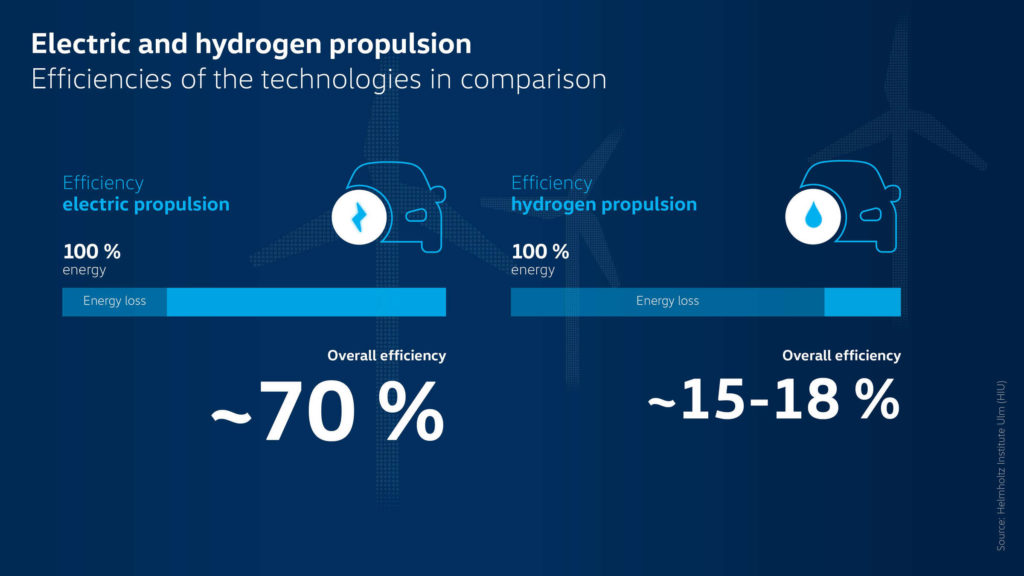
2. Electric cars are increasing their range
Electric cars already have ranges suitable for everyday use. Take the ID.302 as an example: The compact Volkswagen model can travel up to 549 kilometres with a 77 kWh03 battery. With a 58 kWh04 battery, it can travel up to 426 kilometres, and 45 kWh05 enable a range of up to 352 kilometres with a single charge (WLTP in each case).
Technological progress, such as improvements to the storage unit or when setting up the batteries, will significantly increase these distances according to experts. “Even a range of 1,000 kilometres is plausible,” said Fichtner. Volkswagen is also working with partner QuantumScape on the development of solid cell technology. The objective: Greater ranges and shorter charging times.

3. Electric cars have the best climate footprint
Battery-powered electric cars have the best climate footprint of all drives, as a large number of scientific studies show. One of these studies was jointly presented by three renowned research institutes in 2020: The Mercator Research Institute on Global Commons and Climate Change (MCC), the Potsdam Institute for Climate Impact Research (PIK), and the Paul Scherrer Institute (PSI).
It’s important to note: The climate advantage of electric cars has grown significantly in recent years. This is a result of progress in battery production, the longer lifetimes of batteries and the greater percentage of renewable energies in Europe. “Compared with combustion engines, it still takes more energy to manufacture electric cars. But that is offset after a few tens of thousands of kilometres, providing clean electricity is used,” said PSI research scientist Christian Bauer.
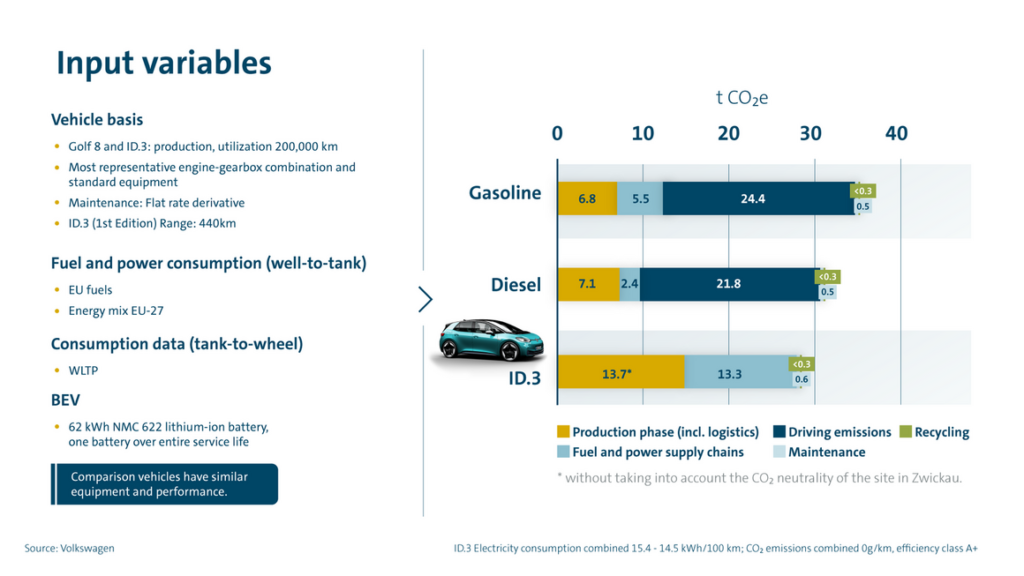
4. Electric cars protect their surroundings
Electric cars avoid or reduce local emissions, which puts them a step ahead of e-fuels. This is true when it comes to emissions of soot and nitrogen oxide, as well as noise.
Take the ID.409 as an example: In Volkswagen’s electric SUV, sophisticated aeroacoustics make for a very quiet journey. This is made possible by details such as the shape of the exterior mirror casings and elaborate insulation measures in the chassis. These reduce the airborne sound and structure-borne sound that the engine, chassis and tyres emit, contributing to the impression of almost silent power delivery.
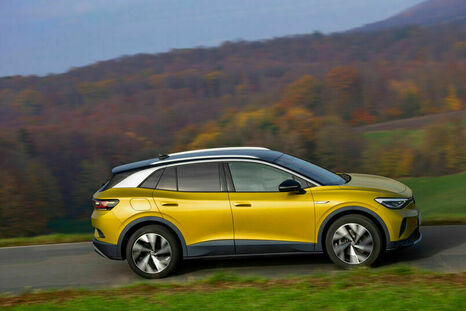
5. Electric cars facilitate the energy revolution
Unlike with hydrogen or other e-fuels, a total transition to electric cars would significantly reduce the energy needs of the German transport industry. This is due to the high level of energy efficiency of electric drive (see point 1). Using the figures from 2018, expert Fichtner estimates an energy saving of more than 75 percent in the transport industry if all 48 million passenger cars were converted to all-electric.
A full transition to hydrogen cars would, on the other hand, increase the energy needs of the transport industry by around a third. In other words: Electric cars facilitate the energy revolution because they require a lower volume of climate-friendly energy from wind power or photovoltaics to be generated.
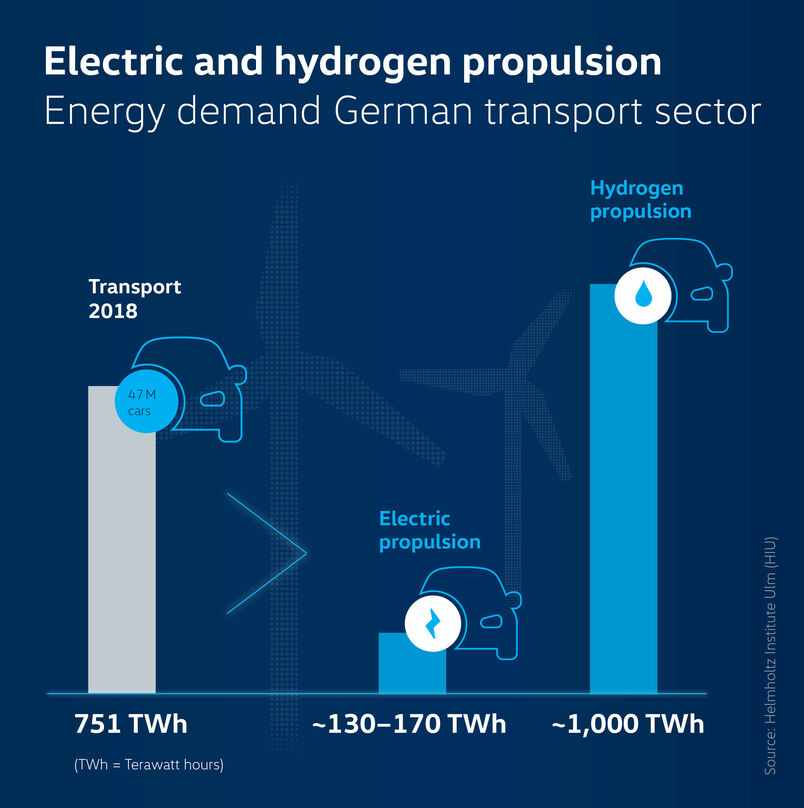
Charging stations and supply chains
The challenges posed by electric mobility include expanding charging facilities and procuring battery raw materials such as lithium and cobalt using sustainable supply chains. Volkswagen is collaborating with partners on both these areas.
Supply chains:
The Volkswagen Group introduced a new raw materials management system at the beginning of 2021. This is tasked with setting universal sustainability standards for mining and processing 16 particularly risky materials, including the raw materials required for batteries: Lithium, cobalt, nickel and graphite.
The objective is increased transparency along the supply chains, for example, through certified audits and the use of blockchain technology. All relevant direct business partners have had to undergo a sustainability rating since 2019.
Environmental and social standards are on equal footing with criteria such as costs and quality.In the “Cobalt for Development” initiative, Volkswagen is campaigning alongside other companies for improvements to small-scale mining in the Democratic Republic of Congo. The pilot project aims to improve the health and safety conditions, as well as living conditions, of people in the surrounding communities.
Also in collaboration with partners, the Volkswagen Group initiated the “Responsible Lithium Partnership”, which advocates responsible handling of natural resources, including lithium in Salar de Atacama, Chile.

Cobalt for Development: The project in the Democratic Republic of Congo is being implemented by GIZ, the German association for international collaboration, and funded by companies. The objective is to develop sustainable methods for mining cobalt and promoting educational opportunities and alternative sources of income.
Charging stations:
By 2025, Volkswagen aims to operate around 18,000 public rapid-charging stations in Europe in collaboration with partners. This will increase the rapid-charging network by a factor of five and provide around a third of the predicted total requirement on the continent for 2025.
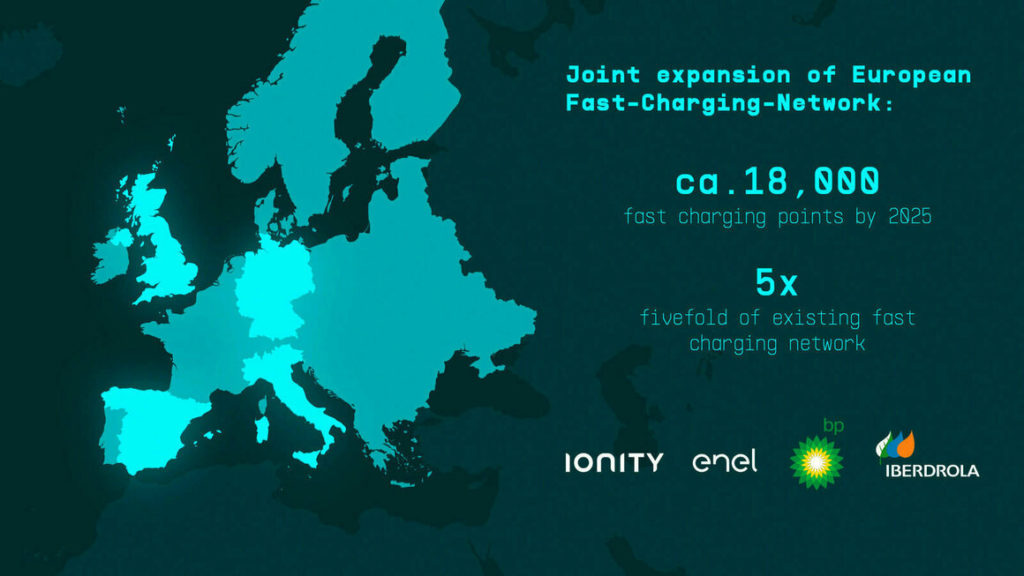
Volkswagen is also expanding the public rapid-charging network in North America and China. Electrify America is planning around 10,000 rapid-charging stations in the USA and Canada by the end of 2025. In China, Volkswagen is aiming to set up a total of 17,000 rapid-charging stations by 2025 via the CAMS joint venture.
The company already sells wallboxes for charging at home via its subsidiary Elli. The offering also includes Volkswagen green energy based on renewable energy.
Footnote:
02. ID.3 – combined power consumption in kWh/100 km (NEDC): 15.6-13.1, CO2 emissions in g/km: 0; efficiency class: A+
03. ID.3 Pro S (77 kWh), 150 kW/204 PS – combined power consumption in kWh/100 km (NEDC): 14.1–13.5; combined CO2 emissions in g/km: 0; efficiency class: A+
04. ID.3 Pro (58 kWh), 107 kW/146 PS, combined power consumption in kWh/100 km (NEDC): 14.1–13.4; combined CO2 emissions in g/km: 0; efficiency class: A+
05. ID.3 Pure Performance (45 kWh), 110 kW/150 PS – combined power consumption in kWh/100 km (NEDC): 13.8–13.1CO2 emissions (combined) in g/km: 0; efficiency class: A+
06. ID.3 1ST – combined power consumption in kWh/100 km (NEDC): 14.5, CO2 emissions in g/km: 0; efficiency class: A+
07. ID.3 – energy consumption in kWh/100 km (NEFZ): 15.4–14.5 (combined), CO2 emissions in g/km: 0; efficiency class: A+
08. ID.4 1ST, 150 kW – combined power consumption (NEDC) in kWh/100 km: 16.2; CO₂ emissions in g/km: combined 0; efficiency class: A+
09. ID.4 – power consumption in kWh/100 km (NEDC): combined 17.5-15.5; CO2 emissions in g/km: 0; efficiency class: A+
Interested in racing action? Visit NASCAR Chronicle.

